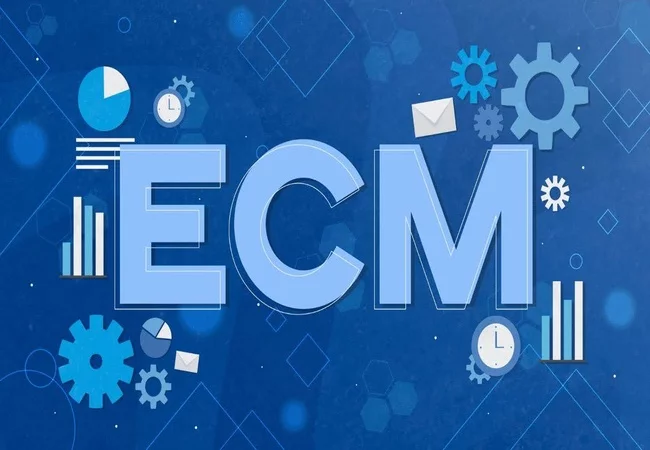Extended Enterprise Content Management (xECM)

Extended Enterprise Content Management (xECM) from OpenText is a powerful solution that extends the capabilities of traditional Enterprise Content Management (ECM) by tightly integrating business content with leading enterprise applications such as SAP, Oracle, Microsoft, and Salesforce. While traditional ECM focuses on capturing, storing, managing, and preserving content, xECM goes a step further by embedding content management directly into the business processes where employees work every day. This integration ensures that all documents, records, and unstructured data are not only securely managed but also contextually linked to transactions, projects, or cases within core business systems. In today’s fast-paced digital environment, where organizations must balance compliance, efficiency, and customer experience, xECM provides the bridge between enterprise applications and enterprise content, turning information into a true business asset.
At its foundation, xECM provides a unified, secure content repository that connects seamlessly with enterprise systems. Whether it is invoices in SAP, customer correspondence in Salesforce, or contracts in Oracle, xECM ensures that all related documents are captured, indexed, and stored in a single, compliant platform. By associating documents with the appropriate business objects—such as vendors, customers, projects, or employees—xECM provides full context for information and makes it instantly accessible to users directly from within the application they are working in. This eliminates the need for employees to switch between multiple systems, reduces duplicate data entry, and ensures that critical information is always available in the right place at the right time.
One of the core strengths of xECM is its ability to standardize and automate information management across the enterprise. Documents can be automatically captured from multiple sources, validated, and routed through preconfigured workflows for approval, review, or compliance checks. For example, when a purchase order is created in SAP, all related supplier contracts, emails, and supporting documents can be automatically linked and stored in xECM, ensuring a complete digital record. This level of automation not only improves operational efficiency but also strengthens compliance by ensuring that records are properly classified, retained, and disposed of according to corporate and legal requirements. Audit trails, role-based access controls, and versioning provide further assurance that sensitive information is managed responsibly and securely.
xECM also plays a critical role in enhancing collaboration across teams and geographies. By providing a single source of truth for content, it ensures that employees, partners, and stakeholders can access the same up-to-date information regardless of location. Features such as version control, annotations, co-authoring, and mobile access enable seamless collaboration while maintaining governance. Cloud-enabled deployment further extends accessibility, supporting hybrid work models and ensuring business continuity. For organizations with global operations, xECM’s multi-language and multi-currency support makes it easier to manage content across diverse regions and regulatory environments.
From a compliance and risk management perspective, xECM delivers significant value. Many industries—such as financial services, healthcare, government, and manufacturing—face strict regulations around data privacy, records management, and auditability. xECM ensures that content related to business transactions is consistently managed according to industry standards and legal requirements. Records retention policies can be automated, audit trails provide full transparency of user actions, and built-in security safeguards protect data against unauthorized access. This not only reduces the risk of non-compliance but also simplifies audits and strengthens corporate governance.
Beyond compliance and process efficiency, xECM contributes directly to business agility and customer experience. By ensuring that all relevant content is instantly accessible in context, employees can make faster, better-informed decisions. For example, a customer service representative using Salesforce integrated with xECM can view all related contracts, orders, and correspondence while addressing a client’s issue, leading to faster resolution and improved satisfaction. Similarly, project managers can access all relevant documents, drawings, and approvals within their project workspace, enabling smoother execution and reducing delays. Advanced analytics and reporting further enhance visibility by providing insights into content usage, process bottlenecks, and performance trends.
In conclusion, OpenText Extended ECM (xECM) is more than just a content management system—it is a strategic platform that integrates content with the heart of business processes. By linking unstructured content with structured data in enterprise applications, xECM enables organizations to eliminate silos, increase productivity, improve compliance, and enhance collaboration. Its seamless integration with systems like SAP, Oracle, Salesforce, and Microsoft ensures that employees have the right information in context, empowering them to work smarter and faster. In an era where information is one of the most valuable business assets, xECM transforms content into a source of competitive advantage, driving digital transformation, operational excellence, and long-term business success.















